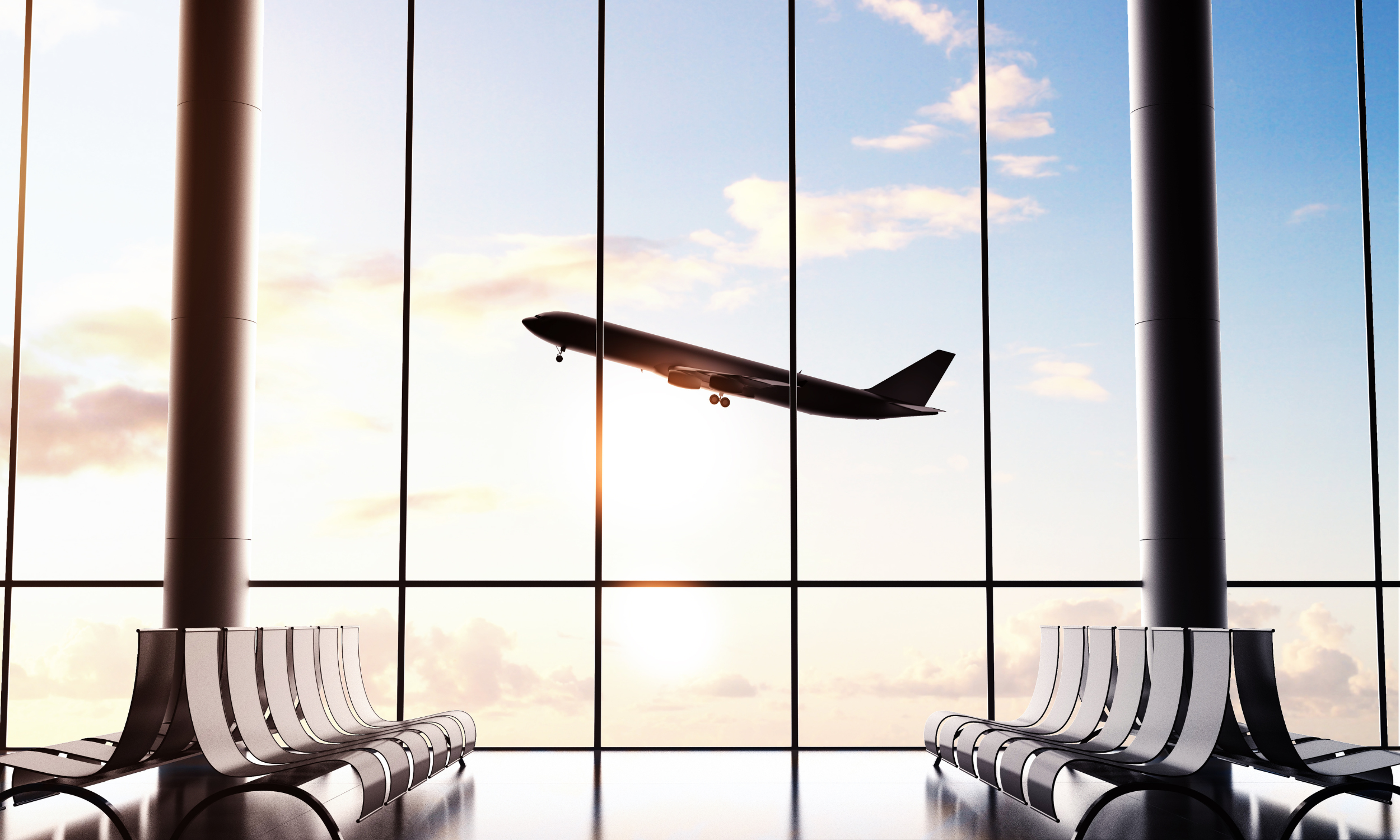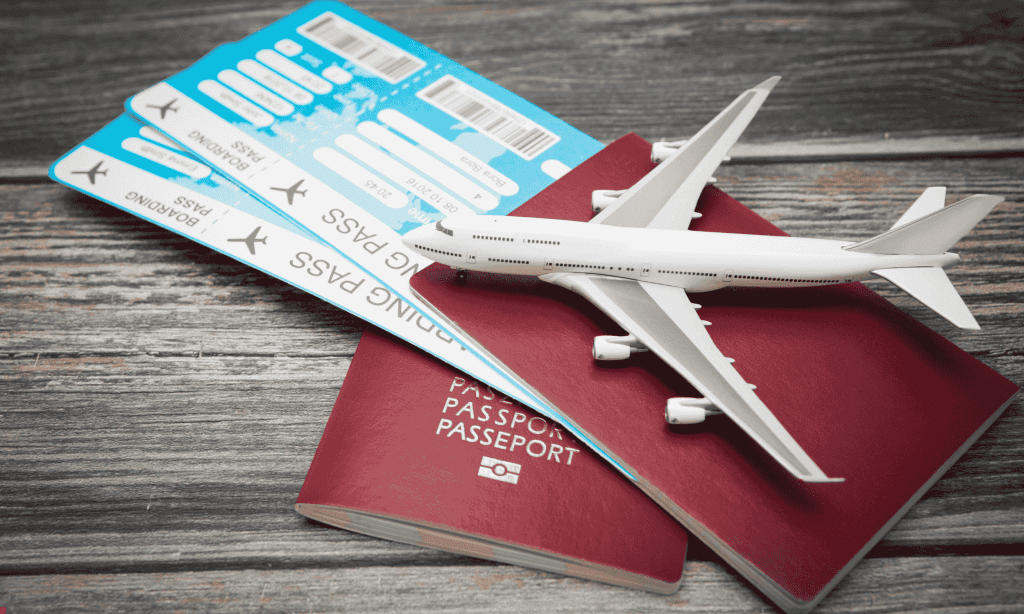The Case of Airline Subscription Programs & Going Beyond Ancillaries

The airline industry has long relied on traditional fare structures and frequent flyer programs to maintain customer loyalty. However, the rise of airline subscription programs is transforming how airlines engage travelers.
Like entertainment and food subscriptions, these new models offer recurring value, allowing travelers to fly more often at a predictable cost. Airlines like Alaska Airlines and Volaris have pioneered these programs, which offer tremendous potential for loyalty, convenience, and revenue stabilization.
As airlines search for innovative travel solutions, subscription models stand out for their ability to create stronger customer relationships and enhance overall satisfaction. Airlines can secure predictable, recurring revenue streams and lock in customer loyalty by offering the advantages of a subscription business model. The shift towards subscription-based travel reflects a broader industry trend of meeting consumer expectations for convenience and flexibility.
The Value Proposition of Airline Subscription Programs
For airline subscription programs to thrive, they must offer clear value to both the airline and the customer. Here’s why subscription models work so well in aviation:
- Fulfilling The Dream of Travel: Traveling frequently is a common aspiration, and the best airline frequent flyer programs have historically catered to this desire. Subscriptions take this a step further by allowing customers to secure affordable flights on a regular basis, appealing to both leisure and business travelers.
- Frequency & Control: Airlines already control key resources (flights, routes, and inventory), which makes them ideal candidates for offering subscription models. They can easily bundle and package flights to create an attractive offering, giving travelers regular access to flights without the hassle of price comparison.
- Convenience & Predictable Value: Subscriptions eliminate the need for constant flight searches. Instead, travelers enjoy the convenience of knowing they have flights available whenever needed. This convenience boosts customer loyalty, much like the airline with the best rewards program, which keeps frequent flyers coming back for more benefits.

From Transaction-Based to Subscription-Based: The Shift in Airline Economics
Traditionally, the airline industry has operated on a transaction-based model, where passengers book flights only when they need to travel. In this model, airlines must constantly compete for customers’ attention, with travelers often selecting flights based on price or convenience. However, with the rise of airline subscription programs, this paradigm is changing to a more subscription-based model.
In this new approach, customers pay a recurring fee for continuous flight access. This not only fosters stronger customer engagement but also ensures a steady and predictable income stream for airlines. Instead of relying solely on one-off bookings, airlines can build a loyal subscriber base that returns month after month without the need for constant re-engagement.
This transition to a subscription-based model offers several distinct advantages:
- Improved Customer Retention: Subscription programs like Volaris’ v.pass provide travelers with regular flight access, encouraging them to fly more frequently. With this consistent offering, travelers have less reason to explore other airlines, leading to increased loyalty and stronger customer relationships.
- Streamlined Booking Experience: By subscribing to an airline’s program, travelers can avoid the hassle of price comparisons and last-minute searches. With their flights already secured, they can plan trips more easily, reducing the friction of booking travel. This simplicity benefits both customers and airlines, as it reduces marketing and acquisition costs.
- Increased Loyalty and Engagement: Like those enrolled in the best airline frequent flyer programs, subscribers often develop a deeper sense of loyalty. With flights readily available as part of their subscription, passengers are more likely to prioritize that airline for future travel. Additionally, they may spend more on optional services such as seat upgrades, baggage fees, or onboard amenities, further boosting airline revenue.
Driving Market Share & Loyalty Through Airline Subscription Programs
The introduction of airline subscription programs presents airlines with new ways to grow their market share and build deeper loyalty with travelers. Programs such as Alaska Airlines’ Flight Pass and Volaris’ v.pass have demonstrated how subscriptions can bring in new customers and strengthen the loyalty of existing ones.
- Expanding Market Share: Take Alaska Airlines’ Flight Pass as an example. The airline launched this service to make inroads into the highly competitive California market, offering customers a monthly subscription for regular flights. As a result, many new customers began flying with Alaska, including those who hadn’t flown with the airline in years. This approach allowed Alaska to grow its presence in the region while attracting a younger demographic.
- Encouraging Repeat Business: Like the best airline frequent flyer programs, subscriptions naturally build loyalty by encouraging repeat flights. Travelers who subscribe to a program know they have flights available at their convenience, making them less likely to shop around for other options. This repeat usage solidifies customer loyalty, locking in future travel with the airline.
- Boosting Ancillary Revenue: Subscription programs encourage more frequent flying and open the door to additional revenue opportunities. Subscribers may be more willing to spend on extras such as seat upgrades, checked luggage, or priority boarding, knowing they’ve already secured their flights. These additional services increase overall customer value, benefiting the airline’s bottom line.
Ancillary Services: Adding Value Beyond Flights
Airline subscription programs are evolving to offer more than just flights. By bundling ancillary services, airlines can significantly enhance their subscriptions’ value and offer their customers a richer, more personalized travel experience.
- Bundling Extra Perks: Some airlines, such as Alaska Airlines, have started including in-flight Wi-Fi, priority boarding, and even elite status as part of their subscription offerings. These bundled services give subscribers a premium experience similar to those found in the best airline frequent flyer programs, where elite travelers enjoy extra amenities. This type of service differentiation can further strengthen customer loyalty and provide a sense of exclusivity.
- Paid Loyalty Programs: Integrating subscriptions with paid loyalty programs is gaining momentum. Critics argue that paying for perks traditionally reserved for frequent flyers might undermine the appeal of rewards programs. However, others see this as a way to create new “loyalty factories.” By paying for a subscription that includes multiple flights, customers effectively commit to traveling more, increasing both their loyalty and their total spending with the airline.
- Flexible Travel Solutions: Expanding beyond flights, subscription programs could offer broader travel solutions by incorporating other services like car rentals, accommodations, and even co-working spaces. This would create an all-inclusive travel package, making the experience even more convenient for frequent travelers, particularly business customers or digital nomads. Such flexibility would set airlines apart from competitors offering more traditional services and this is where a private labeled travel solutions provider like Custom Travel Solution comes in with access to over 3.4 million accommodations, on-ground transportation including car rentals, train, tours, activities, personal concierge and more.
Corporate and B2B Opportunities in Airline Subscription Programs
While most airline subscription programs are currently targeted at individual travelers, there is untapped potential for offering subscription models tailored to businesses and corporate travelers. These B2B subscriptions could revolutionize corporate travel by offering predictable, bundled services.
- Corporate Travel Subscriptions: Airlines could develop specialized subscriptions that provide businesses with a set number of flights per month for their employees. This would simplify corporate travel management by eliminating the need for constant bookings and price comparisons, while also offering premium services like flexible cancellations and priority boarding. Much like the best airline frequent flyer programs attract business travelers, these corporate subscriptions could secure long-term loyalty from corporate clients.
- Capturing Corporate Loyalty: Businesses typically seek the airline with the best rewards program to get the most value for their frequent travelers. A subscription service that provides consistent access to flights, coupled with additional perks like lounge access or seat upgrades, could become an attractive offering for companies with regular travel needs. This would allow airlines to capture a larger share of the lucrative corporate travel market.
- Comprehensive B2B Travel Solutions: Beyond just flights, airlines could offer fully integrated travel solutions for corporate customers, bundling flights with accommodations, car rentals, and other essential services. This would position airlines as a one-stop shop for corporate travel needs, providing convenience and cost savings to businesses that subscribe to such packages.
People also read: 2024 Bleisure Trips Outlook & its Travel Benefits For Employers

Going Beyond Flights – The Future of Airline Subscription Programs
As airline subscription programs mature, they are expected to evolve well beyond just offering flights. Future innovations will likely involve more comprehensive travel packages, integrating ground transportation, accommodations, and other services.
- Appealing to Digital Nomads: With remote work becoming more widespread, airlines are starting to create subscription models that cater to digital nomads and remote workers. For example, airlines might offer packages that combine regular flights with accommodations or long-term car rentals, giving these travelers the flexibility they need to work from various locations. By providing all-inclusive travel solutions, airlines can tap into this growing segment of frequent travelers.
- All-Inclusive Travel Subscriptions: The future of airline subscription programs may involve bundling not just flights, but also ground transportation, hotel stays, and even in-flight entertainment into one seamless subscription. These all-in-one packages could offer the advantages of the subscription business model, such as predictable pricing, while creating a premium, hassle-free experience for travelers.
- Hybrid Loyalty and Subscription Models: Airlines could also merge their subscription programs with traditional loyalty schemes to create a hybrid model. This would allow subscribers to earn miles or points alongside their regular flights, combining the benefits of a subscription with the perks of a frequent flyer program. This hybrid approach would appeal to both casual and frequent travelers, providing even greater incentive to stay loyal to a single airline.
Summing It All Up
Airline subscription programs offer a transformative opportunity for airlines to generate consistent, predictable revenue streams and improve overall profitability. By transitioning from traditional pay-per-need bookings to recurring monthly subscriptions, airlines can stabilize their income flow, especially during off-peak seasons or when demand fluctuates.
These programs allow airlines to capitalize on distressed inventory, seats that would otherwise remain unsold, by offering them to subscribers at a lower effective cost, without cannibalizing regular ticket sales. Subscribers gain access to a quota of flights or discounted rates, encouraging more frequent travel, which helps airlines fill up planes that might otherwise fly under capacity.
Moreover, subscription models open up new channels for ancillary revenue. Subscribers, locked into their airline of choice, are more likely to purchase extras such as seat upgrades, baggage fees, or in-flight services. This model also reduces marketing and customer acquisition costs, as travelers no longer need to search for competitive flight options, creating loyalty by default.
In summary, travel subscription programs provide airlines with a twofold advantage: they offer a way to boost customer loyalty and engagement while creating a stable revenue stream that mitigates the risks of unsold inventory. This allows airlines to better manage their operations and increase profits even during periods of lower demand.
Of course, the best route for airlines whether they want to implement a subscription program that offers flights only or other benefits along with it is to partner with a travel solutions provider like Custom Travel Solutions where we are able to create completely private labeled travel subscription solutions for our clients. Interested to know how we do this?




